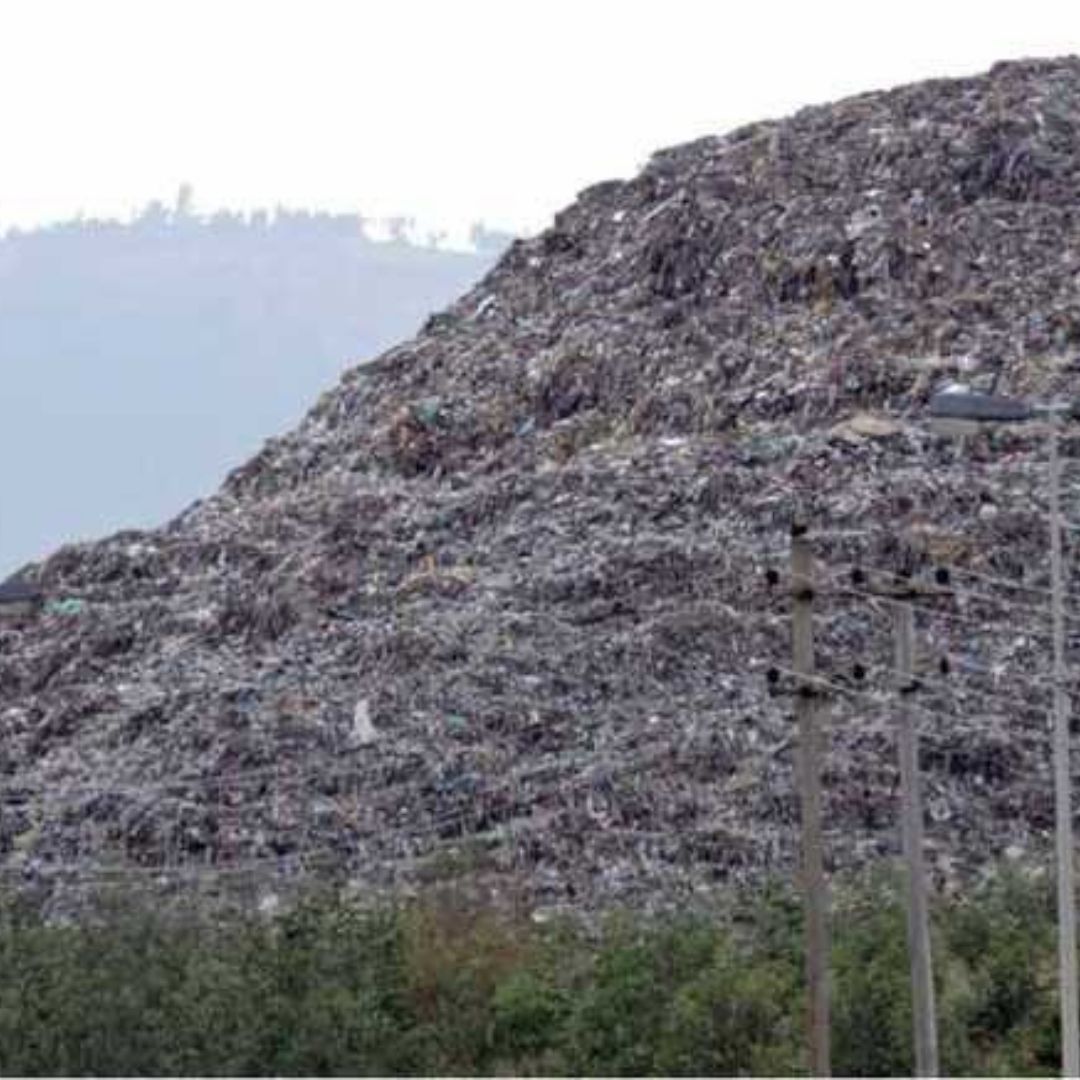
Image Credit: The Tribune
Know About Human Made Garbage Mountains Causing Havoc To Environment
Writer: Ratika Rana
Her primary objective is to inform, promote, educate and cultivate readers through writing.
India, 20 Oct 2021 10:13 AM GMT
Editor : Ankita Singh |
A literature lover who likes delving deeper into a wide range of societal issues and expresses her opinions about the same. Keeps looking for best-read recommendations while enjoying her coffee and tea.
Creatives : Ratika Rana
Her primary objective is to inform, promote, educate and cultivate readers through writing.
Prime Minister Narendra Modi promised that garbage mountains would soon be replaced with waste treatment plants. It remains to be seen how skyscraping garbage mountains of India's two most important cities fare in the times to come.
Delhi and Mumbai are some of the busiest cities in India. Both these cities housed a population of 1.9 crores and 1.25 crores according to the last census, and the rise in the number of people residing in the two cities is inevitable.
The increasing urbanization takes a toll on the available built-up area. It poses a severe challenge to the Municipal Corporations to manage the amount of waste produced every day. The decomposing waste in the massive garbage dumps releases toxic gases like methane, hydrogen sulfide and carbon monoxide.
PM Pledged $13 Billion Towards National Cleanliness
A study published by a Delhi-based think tank, the Centre for Science and Environment (CSE), found that more than 3000 garbage mountains in the country contained 800 million tonnes of rubbish. A case has been going on for 26 years in the Bombay High Court demanding the closedown of Deonar grounds, but the constant dumping of waste continues. The unabashed garbage dumping has long bothered Indian politicians. On October 1, 2021, PM Modi pledged $13 billion towards national cleanliness and promised to install sewage treatment plants in the dumping grounds.
However, the BBC reported that experts are sceptical that the move is feasible on such a large scale. The International Media organization quoted Siddharth Ghanshyam Singh, deputy program manager at CSE, "While it has been done in smaller cities, it is hard to provide a remedy for waste mountains at this scale". In 2000, India passed laws to municipalities to process the waste; however, only partial compliance is reported.
Waste pickers burn the trash in some garbage dumps because the fire burns the lighter trash, and the metal waste comes up. The metal waste can fetch more money for them. After the garbage fires of Deonar in 2016, the municipality has increased the security of the dumping sites. If the waste pickers manage to sneak into the dumps, and if they are caught, they are often beaten, detained and sent back.
The condition is not exclusive to Mumbai only. The Ghazipur Garbage dump has also found mentioned in headlines several times. Unfortunately, the dump is so massive that it has earned the distinction of being as tall as the Qutub Minar. The 'mountain of garbage' receives tonnes of waste every single day. The residents of the national capital have found their way of letting their frustration out. The residents have rated the landfill site with five stars on Google Maps to garner more attention. The Ghazipur landfill site is one of the three oldest garbage dumping sites of Delhi and came up in 1984.
A Waste Mountain Taller Than Taj Mahal
The matter has long been a bone of contention amongst politicians. BJP MLA and former cricketer Gautam Gambhir said that action needs to be taken to reduce the height of Ghazipur's waste mountain, to which AAP, the ruling party in Delhi, replied that he was 'lying' as there was a significant increase in the width of the heap. Experts had predicted that the dump in East Delhi would become taller than the Taj Mahal in 2020, substantiating the United Nation's claim that New Delhi is the most polluted of all capitals in the country.
It remains to be seen how the government tackles the issue of reducing the sky-high reach of the mountains of waste and installing better waste treatment systems across the country. Since metropolitan cities have better employment opportunities, the population influx is likely to continue in the years to come. As more people come into the city borders, the waste generation is bound to increase. Getting rid of the enormous mountains of waste might be the first step that municipalities should look into while simultaneously developing waste processing units. The onus also lies on us citizens to segregate waste since we are the ultimate bearers of the menace of uncontrolled waste dumping.
Also Read: India Ranks 71st In Global Food Security Index 2021, Lags In Food Affordability
 All section
All section














